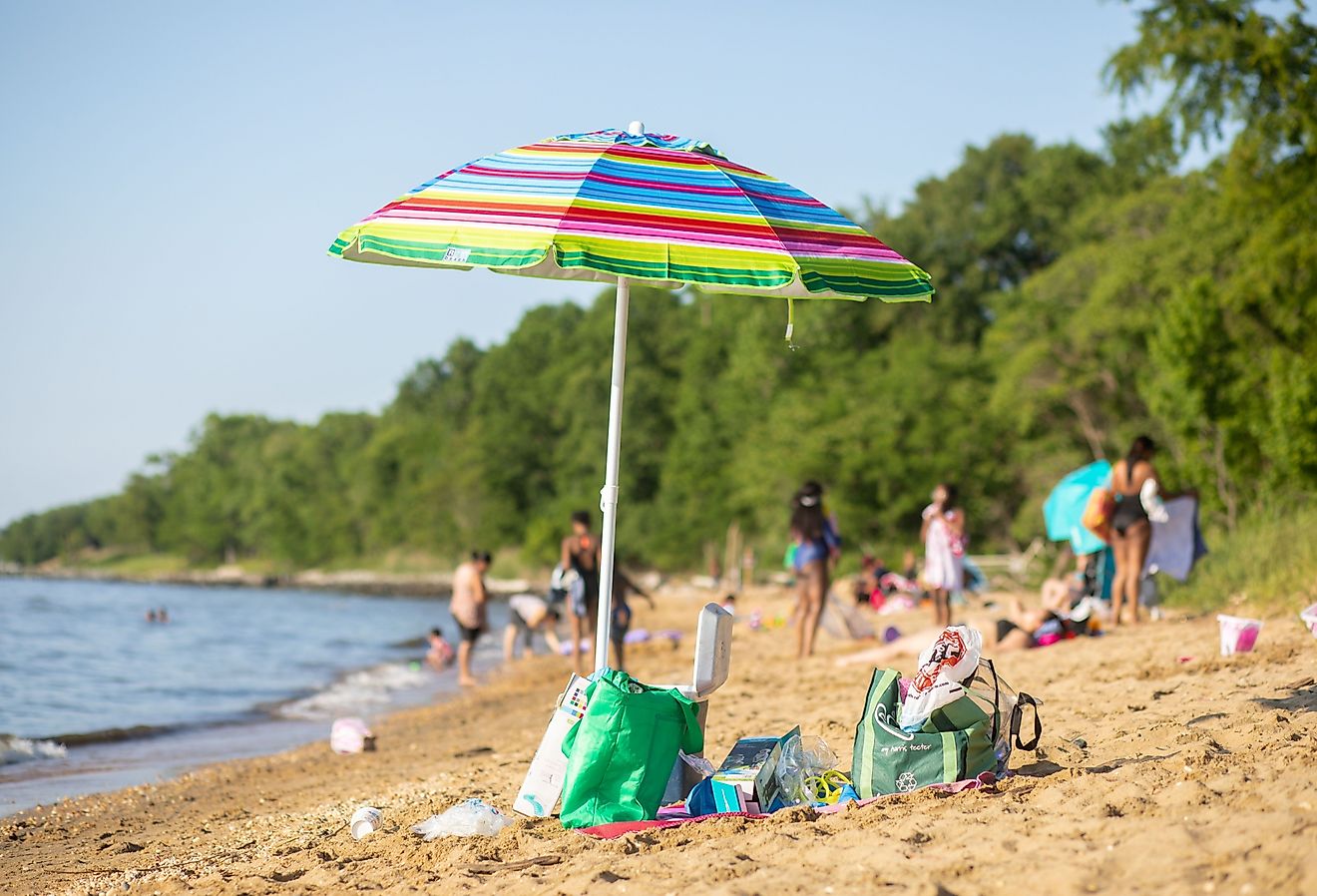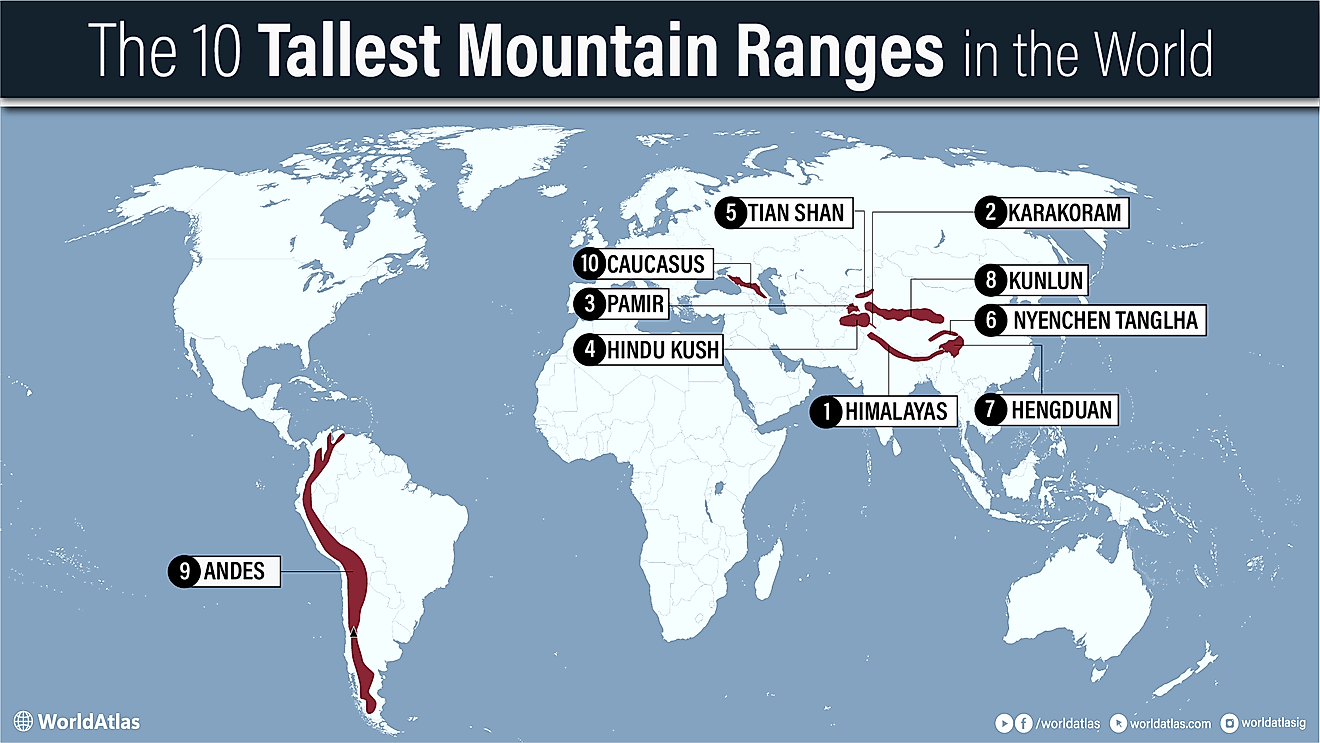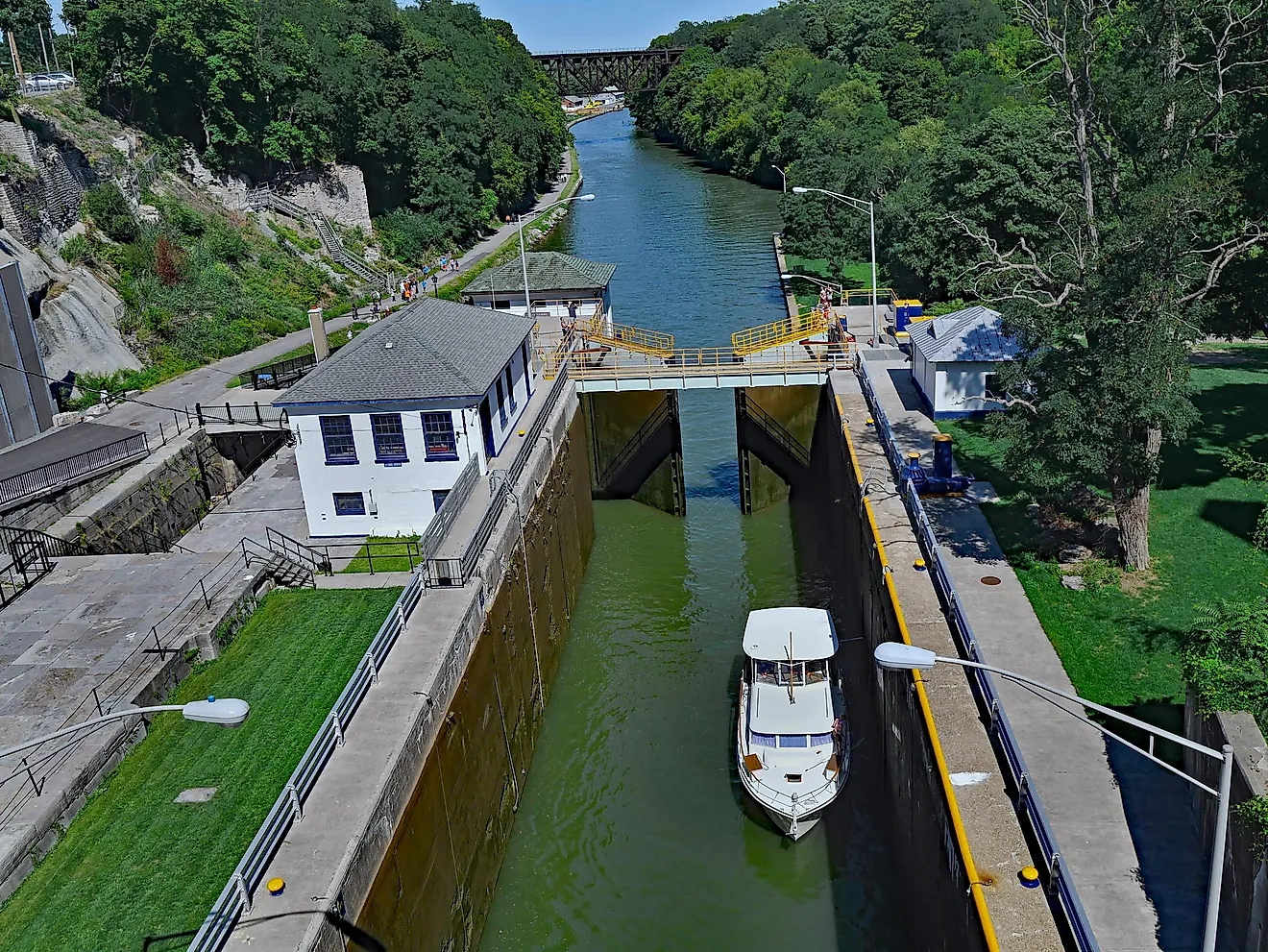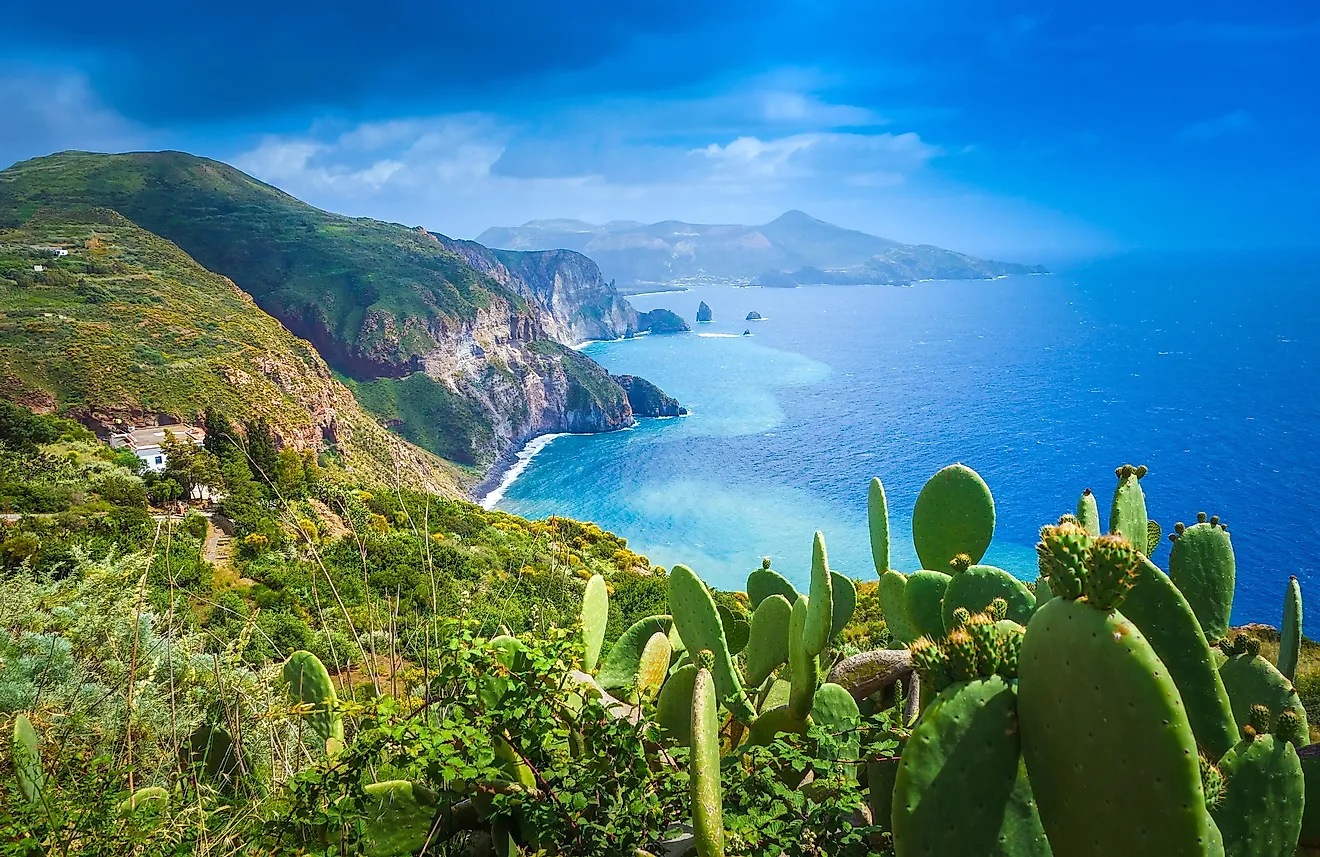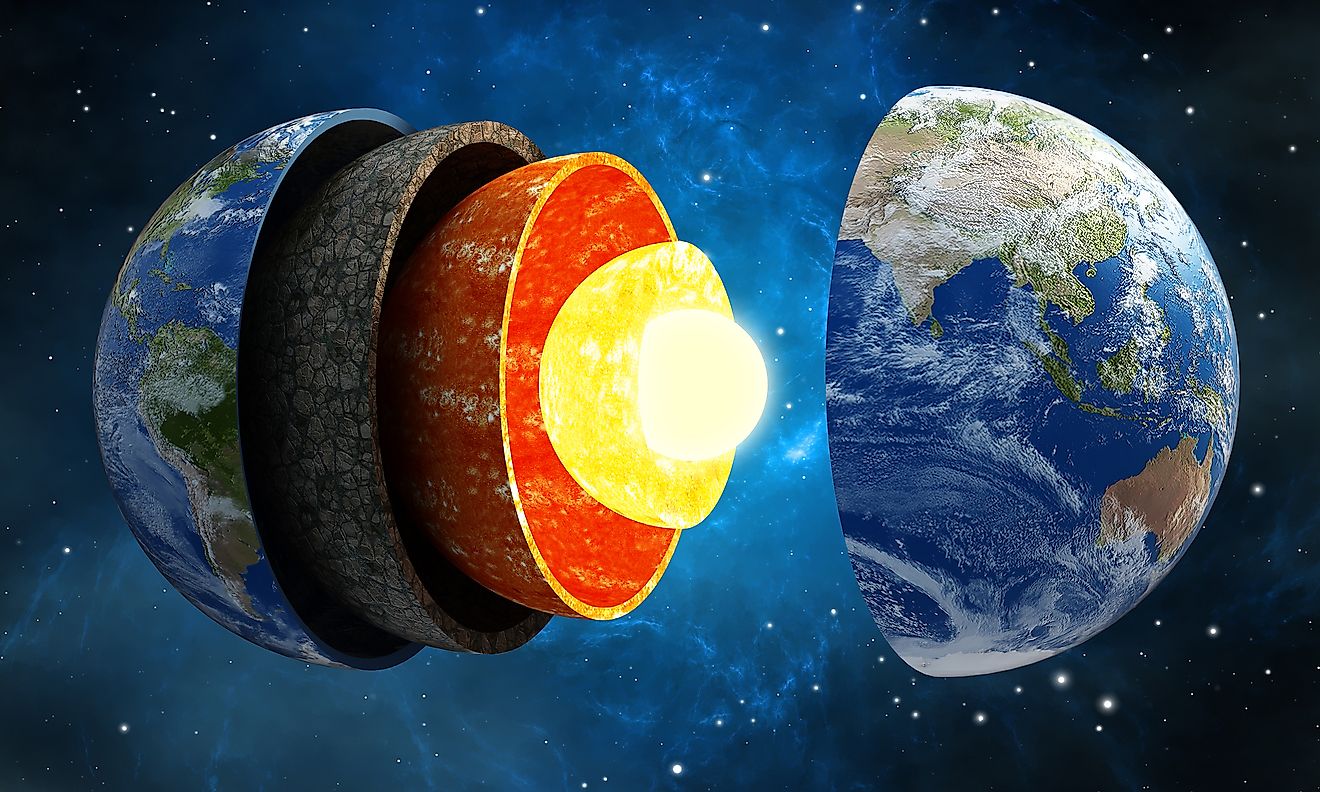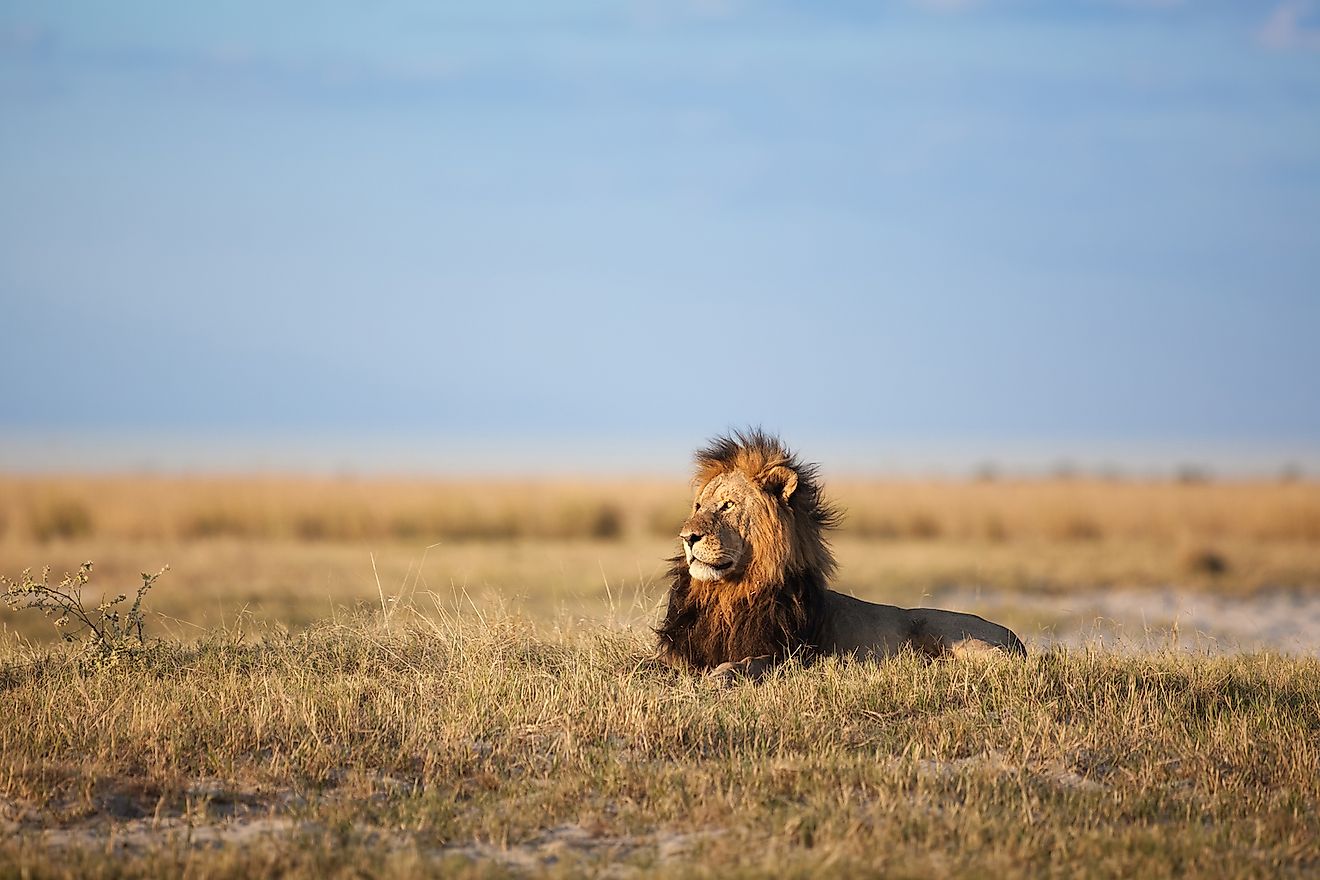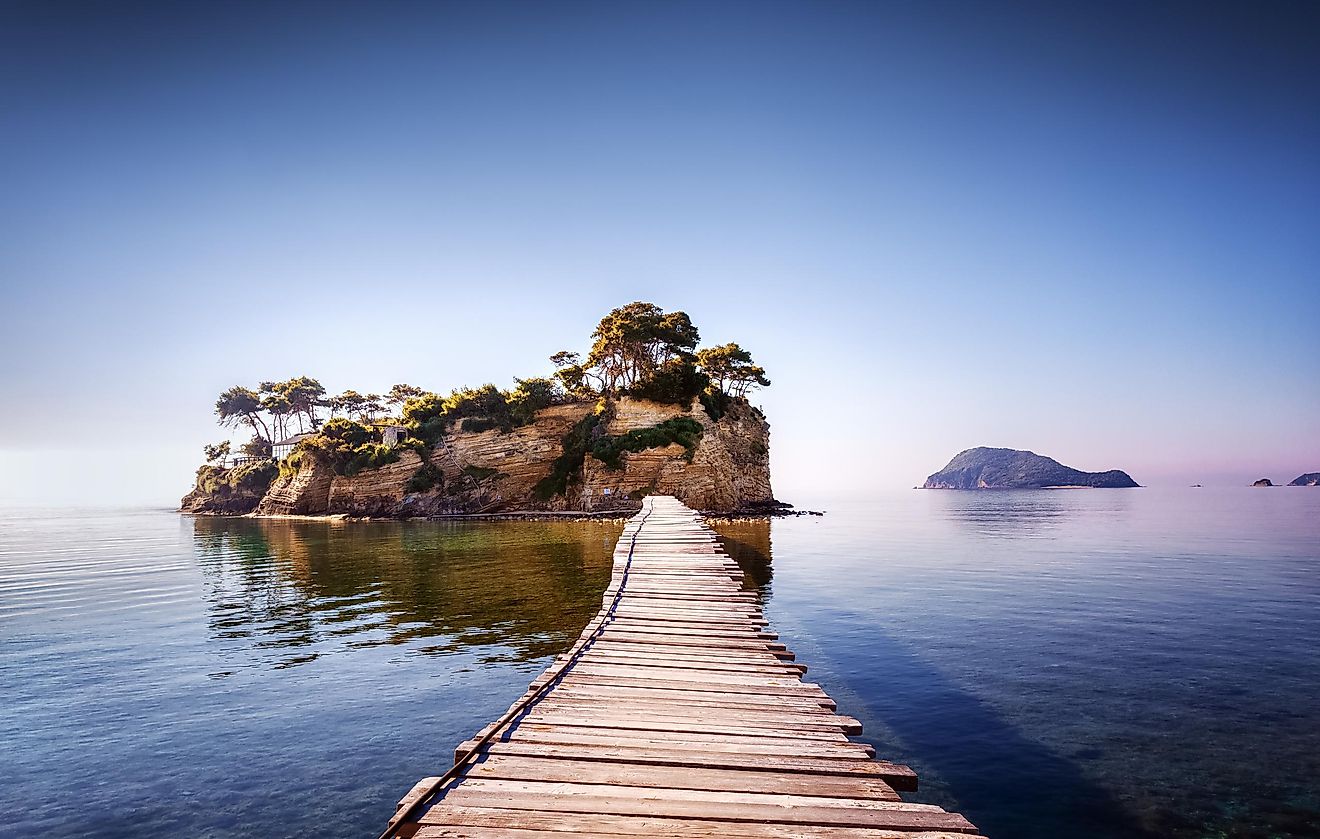
Marquesas Islands
Covering a total land area of about 4,167 km2, French Polynesia is an Overseas Collectivity of France which is made up of 118 islands and atolls, spread over a vast area in the south-central Pacific Ocean. The islands and atolls of French Polynesia are divided into 5 island groups: Marquesas, Austral, Tuamotu, Society, and Gambier.
Covering an area of about 1,049.3 km2, the Marquesas Islands are a group of volcanic islands that are geographically positioned about 1,200 km northeast of Tahiti (the largest island in the Society Islands group) and about 4,800 km west of Mexico.
Geography

It is believed that the Marquesas Islands group was formed due to the upwelling of magma from the Marquesas Hotspot that is located underneath the Pacific Plate. The rugged volcanic islands of the Marquesas Island group are placed into two physiographic divisions, namely the Northern Marquesas Islands and the Southern Marquesas Islands. The Northern Marquesas Islands include the islands of Nuku Hiva, Ua Pou, Ua Huka, Motu Oa, Motu Iti, Eiao, Hatutu, and the small sandbank of Motu One. The Southern Marquesas Islands include Hiva ‘Oa, Fatu Huku, Tahuata, Moho Tani, Fatu Hiva, Motu Nao, and Terihi. Excepting the sandbank, Motu One, all the islands in the Marquesas Island group are volcanic in origin.
The island of Nuku Hiva is the second-largest island in all of French Polynesia. Situated on Nuku Hiva is the principal town of Taiohae, which serves as the administrative capital of the Marquesas Islands. Covering an area of 320 km2, Hiva ‘Oa is the largest and the most populous island in the Southern Marquesas Island group.
Several seamounts are located in the region around the northern part of the Marquesas Islands. These include Bank Jean Goguel, Hinakura Bank, Clark Bank, and Lawson Bank. Situated on Ua Pou is the volcanic mountain Mount Oave, which rises to an elevation of 1,230 m and is the highest point on the Marquesas Islands.
The Marquesas Islands experience stable temperatures throughout the year. The mountainous areas as well as the northern and eastern portions receive significant rainfall compared to the western portions. The islands experience frequent drought-like conditions due to the continuous blowing of the easterly winds that rise from the dry Humboldt Current.
Wildlife

The Marquesas Islands are classified under the Oceanian biogeographical realm and features several rich and diverse endemic flora. Many seabirds including the Tahiti petrel, sooty tern, black noddy, Phoenix petrel, great frigatebird, and Polynesian storm-petrel visit and breed in the Marquesas Islands. The endemic birds that are found here include the Marquesan imperial pigeon, Marquesan kingfisher, Marquesan reed-warbler, Marquesan swiftlet, and Marquesas ground dove, among others. Some of the endemic insect species that are found here include three moth species: Clarkeophlebia argentea, Tessema sensilis, and Marasmianympha eupselias.
Several faunal species were introduced by the early Polynesians on the Marquesas Islands including dogs, pigs, junglefowl, snails, skinks, Polynesian rats, and geckos. The European settlers introduced horses, sheep, cattle, scorpions, the common myna, black rat, and great horned owl. These introduced species have caused significant damage to the indigenous species and the ecosystem of the Marquesas Islands. The Marquesan Nature Reserves were established in 1992 by the Government of French Polynesia to preserve the remaining native flora and fauna of the Marquesas Islands.
Brief History
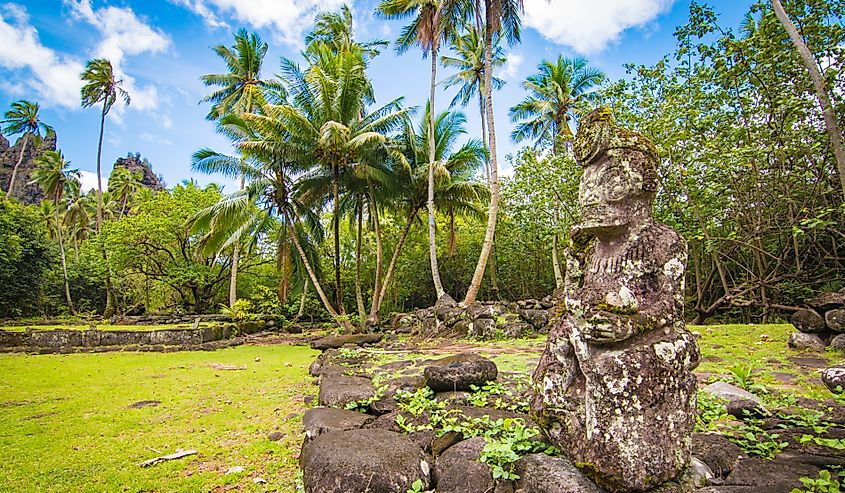
Archaeological excavations have revealed that the Marquesas Islands were originally inhabited by settlers from West Polynesia who arrived to the islands around 100 CE. The extensive natural resources of the island helped to support a large population and it is believed that these islanders sustained their livelihoods by gardening, fishing, bird hunting, and collecting shellfish. On July 21, 1595, the Spanish explorer Álvaro de Mendaña reached the Southern Marquesas Islands and named them in the honor of his patron, the Marqués de Mendoza, who served as the Viceroy of Peru. In 1791, the American fur trader Joseph Ingraham first visited the Northern Marquesas Islands and named them the Washington Islands.
In 1842, the entire Marquesas Islands was taken over by France, and a French settlement was established on Nuku Hiva. This French settlement was abandoned in 1857 but eventually, in 1870, the islands were reclaimed by France. The Marquesas Islands currently form a part of French Polynesia.
